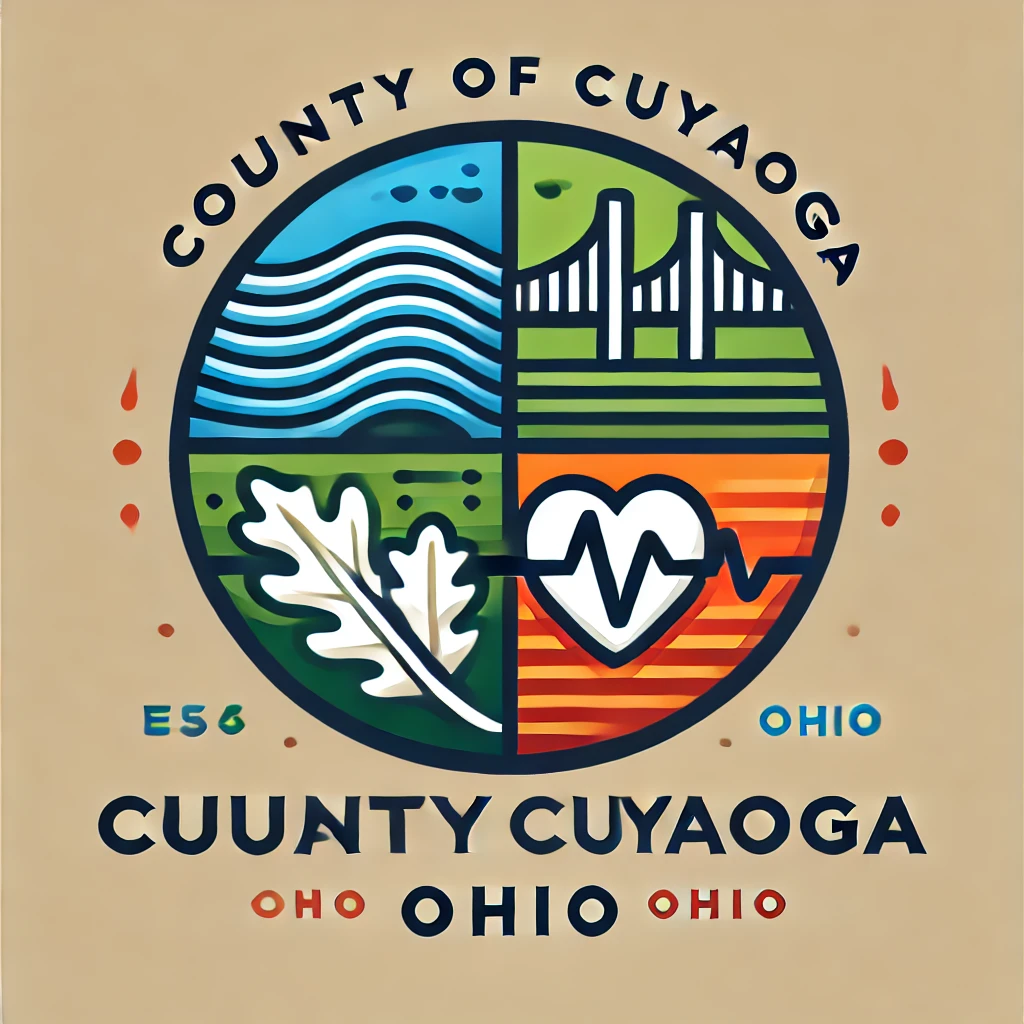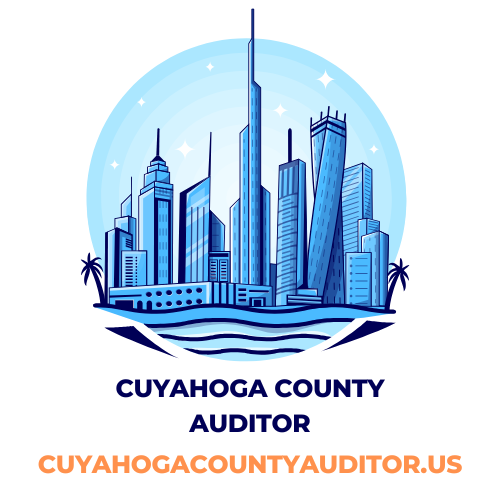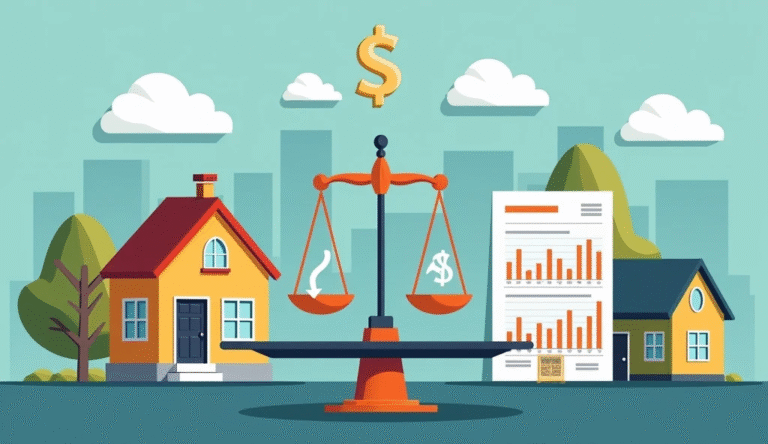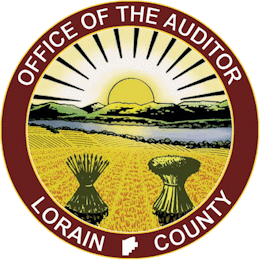Property research Guide for Cuyahoga County
Overview:
Cuyahoga County, located in the north eastern part of Ohio, is home to Cleveland and a vibrant community. Navigating property ownership and tax information within the county requires access to detailed and accurate maps and tools .Geographic Information System (GIS) and parcel maps are essential resources for property owners, real estate professionals, and anyone interested in understanding land boundaries, tax assessments, and more. These tools allow users to access real-time data, helping them make informed decisions about buying, selling, or maintaining properties. Whether you’re a first-time homebuyer, an investor, or a property owner, knowing how to use these resources can save you time and money.
Purpose:
This article aims to provide an expert-level guide to Cuyahoga County GIS tools, property maps, and search resources. By the end of this guide, readers will gain a clear understanding of how to use these powerful tools to view parcel data, check property lines, perform tax assessment, and much more. Whether you’re a resident, real estate professional, or investor, this guide will help you navigate Cuyahoga County’s online resources with ease and confidence.

Understanding Cuyahoga County GIS and Property Search Systems
What is Cuyahoga County GIS?
Cuyahoga County’s Geographic Information System (GIS) is a digital mapping tool that provides users with a comprehensive view of property data, tax assessments, and land ownership records. GIS allows for the collection, analysis, and presentation of spatial and geographic data. For property owners and potential buyers, GIS maps are invaluable in understanding the layout of the land, property boundaries, zoning classifications, and more.
GIS data plays a critical role in property assessments by providing a reliable visual representation of property lines and the surrounding area, which is essential for tax assessments and planning purposes. For instance, a property boundaries and land use classifications directly impact its property taxes. Therefore, understanding the GIS system can provide crucial insights into the legal and financial responsibilities attached to any piece of land in Cuyahoga County.
How to Use the Cuyahoga County Parcel Viewer
- Access the Parcel Viewer: Go to the official Cuyahoga County Auditor’s website and navigate to the Parcel Viewer section.
- Enter Property Details: You can search for a property using the parcel number, address, or owner name. Enter the relevant details in the search bar.
- View Interactive Maps: Once you’ve located the property, you’ll be able to see a detailed, zoom-able map that shows the parcel’s boundaries, neighboring properties, and other important information like zoning classifications and flood zones.
- Use Filters: You can refine your search by selecting specific layers, such as tax information, land use, or building footprints, to get a more in-depth view of the property.
- Download Data: Many of the maps and data available in the Parcel Viewer can be downloaded for offline use, making it a valuable resource for professionals who need to analyze large volumes of property information.
Cuyahoga County Property Search by Address
The Cuyahoga county property search by address tool allows users to quickly find detailed property information by simply entering a property address. This tool provides an easy and efficient way to access property data, including ownership records, tax assessments, parcel boundaries, and more.
For property buyers or individuals conducting due diligence, this search tool simplifies the process of obtaining crucial information. It’s especially helpful for those who already know the property address but need additional information to make decisions about their potential investment.
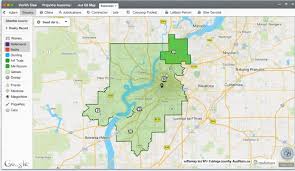
Cuyahoga County Tax Lien Search
The Cuyahoga county tax lien search tool is crucial for anyone interested in purchasing properties through tax lien sales. This tool helps users identify properties with unpaid taxes, which may be available for purchase at a tax lien auction. Understanding tax liens is an important part of the property investment process, as it allows investors to purchase properties at a discount.
For those looking to invest in distressed properties or properties with overdue taxes, the Tax Lien Search offers a transparent way to find these chances. Investors can then assess whether the property’s value justifies the lien amount before making an investment.
Where to start?
Property owners in Cuyahoga should think about what exactly they are looking for. Do they want complete information about a specific property they own, or are they searching for a building permit for a house? And an important thing to pay attention to is how you are starting. Investigations often begin with a simple question and lead to many useful discoveries.
Cuyahoga County records
Cuyahoga County records enable the property owner to understand their ownership, conditions, and the property’s eligibility for sale.
The investigation of county records involves the following three important steps:
- To search, correctly determine the address and specific parcel number.
- In the map room of the County Fiscal Officer’s office, using the map record books, create a list of previous owners and transfer dates of the property. And the record may date back to the 1800s. The earliest property books are only available on microfiche in the map room.
- After that, submit the complete list of the property to the fiscal officer so they can verify whether the names of the owners and transfer dates are correctly written or not, and who had signed on the property in question. Property deeds will provide the value of the allotment, the fully signed conditions by both the previous and new owners, the dimensions of the remaining property, and any unusual legal conditions considered part of the property transfer. Deed records do not contain any reference to buildings on the property sites. However, the transfer value often refers to a structure located on a particular section of the property at a fixed time.
Note: The County’s current records, as well as many of its older holdings, are gradually being made available on the Internet. See the ELECTRONIC RESOURCES section at the end of this brochure for more information.
PERMANENT PARCEL NUMBERS
The permanent parcel number (PPN) is a number assigned to each piece of property in the county. It is composed of three parts: a map book (tax district) number (the first 3 numbers), a map book page (section) number (the second 2 numbers), and an assessor’s parcel number (the last 3 numbers). For example: 001-02-03 would be in tax district 1, section 2, property number 3. These numbers correspond to the books in Map Room of the Cuyahoga County Fiscal Office and do not change.
You may obtain the permanent parcel number from several sources, including a deed, tax bill or reappraisal notice. The staff in the Cuyahoga County Fiscal Officer’s Map Room can help you find the number. If the property in question is a residence, you may also look up the number by name of property owner in the County Fiscal Officer’s websitehttps://cuyahogacountyauditor.us/

CONCLISIONS
Cuyahoga County property records play a vital role in helping owners understand their ownership rights, history, and legal conditions related to their property. By correctly identifying the parcel number and address, examining historical ownership through the County Fiscal Officer’s map room, and verifying deed details, property owners can ensure accuracy in records and uncover any legal issues. These records may also hint at past structures through transfer values, even if not directly mentioned. This detailed process not only supports legal clarity but also helps in making informed decisions regarding property sale, transfer, or development.
FAQ’S
Q1: How can I find my property’s parcel number in Cuyahoga County?
Ans:You can find your parcel number by searching your address on the Cuyahoga County Auditor’s Property Search tool.
Q2: Where can I access historical ownership records for my property?
Ans: Historical ownership and transfer records can be found in the Map Room of the County Fiscal Officer’s Office.
Q3: Can I get property records dating back to the 1800s?
Ans: Yes, older property records are available on microfiche in the County’s map room and may go back to the 1800s.
Q4: What information do property deeds provide?
Ans: Deeds include ownership history, transfer conditions, allotment value, and any unusual legal terms related to the property.
